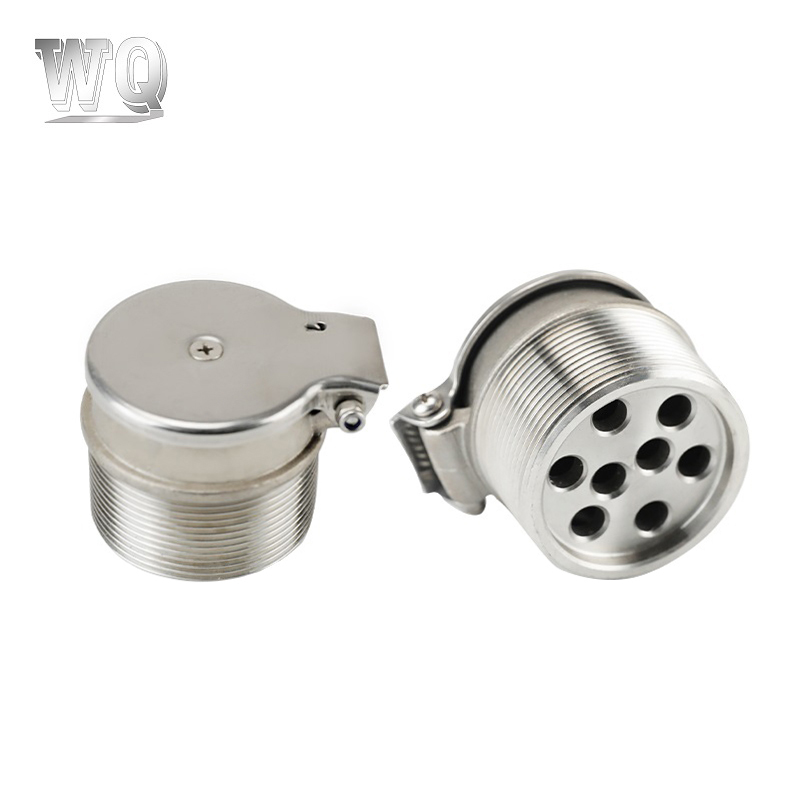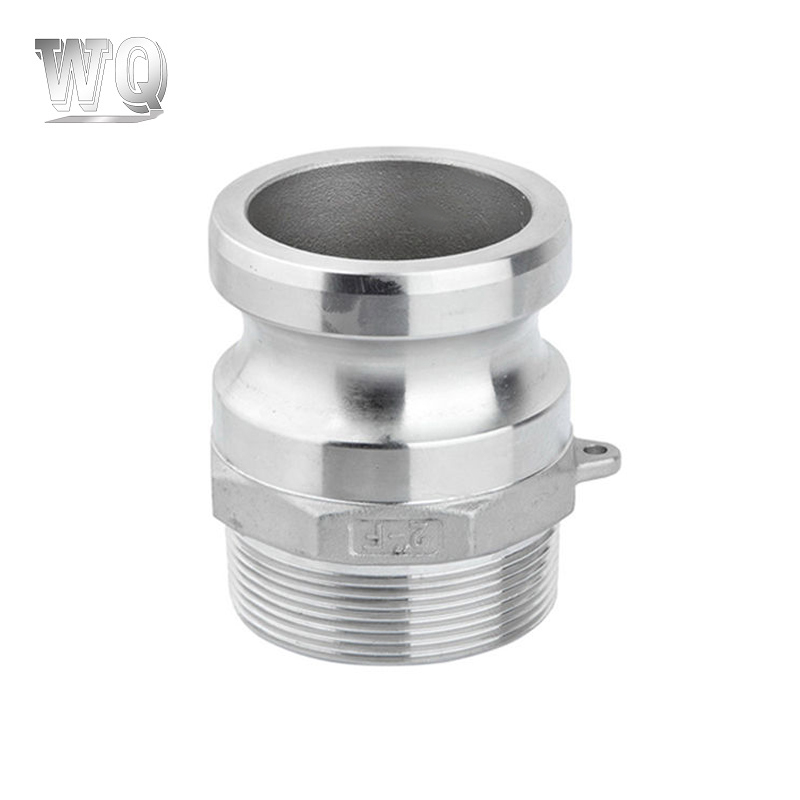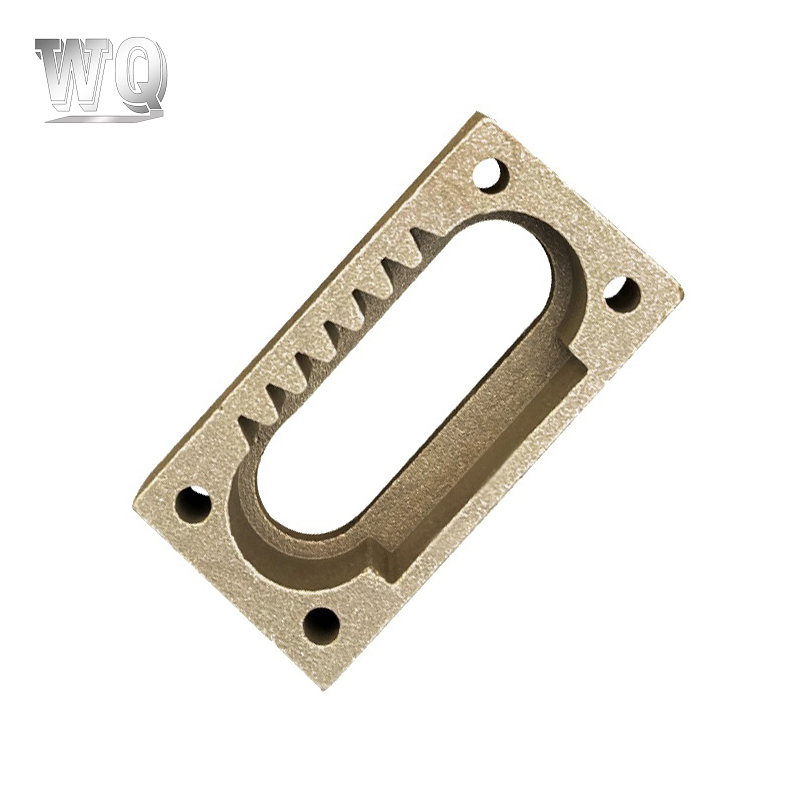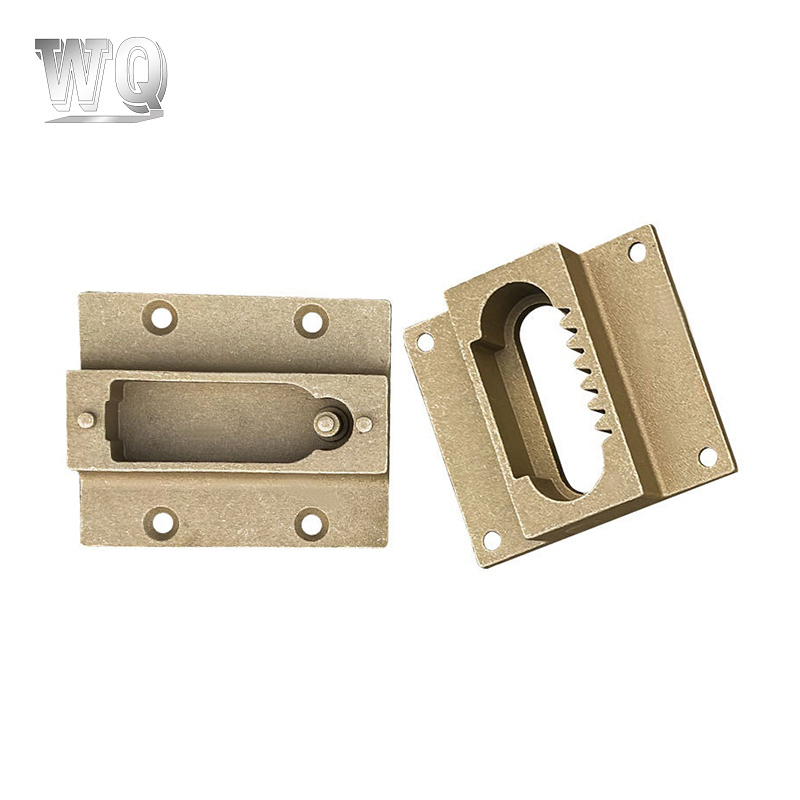1. Overview of Stainless Steel Casting Parts Processing
Stainless Steel Casting Parts are widely used in machinery, construction, automotive, and food equipment due to their corrosion resistance and strength. However, after casting, the parts rarely meet final dimensional and surface requirements directly. Therefore, several processing methods are applied to achieve the desired precision, performance, and aesthetics. These post-casting operations include machining, heat treatment, polishing, shot blasting, and surface coating. Understanding these methods allows engineers and manufacturers to select the most cost-effective and technically suitable processes for their applications.
2. Machining Processes for Stainless Steel Casting Parts
Machining is one of the most common post-casting operations. It involves removing excess material to achieve tight tolerances and precise geometries. Stainless steel’s high hardness and toughness make it more challenging to machine compared to carbon steel, requiring optimized tools and cutting parameters.
2.1 Turning and milling
- Turning: Ideal for cylindrical parts like shafts, rings, and threaded components. High-speed carbide tools or coated inserts are preferred to resist wear.
- Milling: Used for flat or complex surfaces. Modern CNC milling allows multi-axis precision cutting and smooth finishes with minimal tool marks.
2.2 Drilling, tapping, and boring
- Drilling and tapping are used to create threaded holes for assembly purposes. Stainless steels require slow feed rates, adequate coolant, and sharp tools to prevent work hardening.
- Boring operations correct dimensional accuracy in cast holes and ensure tight tolerance in mechanical fits.
2.3 Grinding and precision finishing
Grinding is performed when extremely tight tolerances or mirror finishes are required, such as in valve seats, pump impellers, or medical components. The process removes fine amounts of material and corrects minor deformations from previous machining steps.
3. Heat Treatment Methods
Heat treatment is used to modify the mechanical and microstructural properties of stainless steel casting parts. Although stainless steels are naturally corrosion resistant, heat treatment can improve hardness, ductility, and internal stress distribution, especially after casting and machining.
3.1 Solution treatment
This process involves heating the cast parts to a high temperature (typically 1000–1100°C) and rapidly quenching them. It dissolves carbide precipitates and restores chromium distribution, improving corrosion resistance and toughness. Austenitic stainless steels like 304 and 316 commonly undergo this treatment.
3.2 Aging and stress relieving
- Aging strengthens precipitation-hardening stainless steels (e.g., 17-4 PH) by forming fine intermetallic compounds.
- Stress relieving at 300–400°C helps reduce internal stresses from casting or machining, minimizing distortion during service.
4. Surface Finishing Techniques
Surface finishing enhances the appearance, cleanliness, and corrosion resistance of stainless steel casting parts. Different finishes are selected depending on the application—industrial, decorative, or hygienic. Surface treatment also plays a vital role in preparing parts for coating or welding.
4.1 Polishing
Polishing removes surface irregularities, oxide scales, and tool marks. Mechanical polishing uses abrasive wheels, belts, or pastes to produce satin, semi-gloss, or mirror finishes. For food and medical components, high-polish surfaces minimize contamination and simplify cleaning.
4.2 Shot blasting and sandblasting
Shot blasting projects steel or ceramic media onto the surface to clean and homogenize texture. Sandblasting is similar but uses finer media for smoother finishes. These methods are especially useful before painting, coating, or inspection, as they expose any casting defects such as pores or cracks.
4.3 Passivation and pickling
- Pickling uses acid solutions (typically nitric-hydrofluoric acid mix) to remove oxide scales and restore a clean metallic surface.
- Passivation then forms a thin chromium oxide film that enhances corrosion resistance without affecting appearance or dimensions.
5. Welding and Assembly Processes
Many stainless steel casting parts require joining or assembly with other components. Proper welding techniques maintain corrosion resistance and mechanical integrity while minimizing heat-affected zone defects.
5.1 Common welding methods
| Welding method | Characteristics | Applications |
| TIG (GTAW) | High precision, clean welds, low spatter | Thin-walled and precision parts |
| MIG (GMAW) | Faster deposition, moderate precision | General assemblies and thick sections |
| Resistance welding | No filler, fast, localized heat | Small components and mass production |
6. Inspection and Quality Control
After processing, stainless steel casting parts must be inspected to ensure they meet dimensional, surface, and mechanical requirements. Non-destructive testing (NDT) is often used to verify internal integrity and detect hidden defects caused by casting or machining.
6.1 Common inspection methods
- Dimensional inspection using coordinate measuring machines (CMM) or calipers for precision verification.
- Visual and surface inspections to detect cracks, porosity, or finish inconsistencies.
- Ultrasonic, radiographic, or dye penetrant tests for subsurface flaw detection.
7. Conclusion: Choosing the right processing combination
The performance and appearance of Stainless Steel Casting Parts depend greatly on post-processing methods. Machining ensures dimensional precision, heat treatment strengthens the material, and finishing enhances durability and corrosion resistance. Selecting the correct combination of these methods—based on alloy type, application requirements, and cost targets—ensures long-lasting, high-quality cast components suited for demanding industrial environments.










